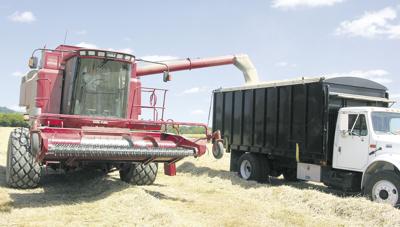Annual ryegrass has been part of a revolution in American agriculture for the past 25 years. Farmers found that no-till is kinder to the soil and that cover crops make soil richer and more productive.
In the past two decades, innovative farmers, research agronomists and Oregon seed growers have worked to improve the ryegrass seed so that it is more reliable, easier to grow and easier to manage. New varieties developed in Oregon now withstand tough winters as well as drought conditions. And, as you’ll see in these attached articles, the innovation continues to thrive.
The Capital Press recently reported about “interseeding” annual ryegrass into spring corn. Click here to read what they’ve discovered.
Click here for a general overview of planting and managing annual ryegrass.
Click here to look at how to integrate annual ryegrass into a forage operation, seeding the cover crop while applying nitrogen-rich manure.
And for those new to planting annual ryegrass as a cover crop, take a look at this site, brought to you by the Oregon Annual Ryegrass state commission, run by those who grow and sell the seed that is helping to transform farm soil in the Midwest, New England and the Mid-Atlantic states, as well as farms in southern Canadian provinces.







